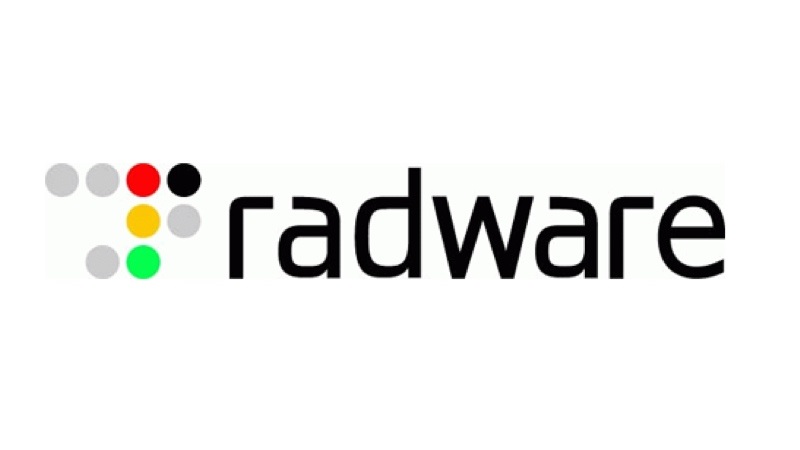Guest Blog, Pascal Geenens: The rise in students hacking school databases…

You might be surprised at who is behind the most recent cases of cyber-attacks on schools. Would you guess that in many instances, it’s the students themselves? There are many reasons why students would want to launch an attack against their own school, and it’s actually becoming a larger problem across the globe with cases […]
Guest Blog, Adrian Crawley: Transforming security skills for a changing industry landscape…

Talk to any security specialist and they will tell you that, today, the number of different security attacks they potentially face is overwhelming. It’s the direct result of two trends. Firstly, professional hackers have become more sophisticated in their approach using automated attacks, whereby robots are used to launch very advanced persistent attacks, and secondly, […]

